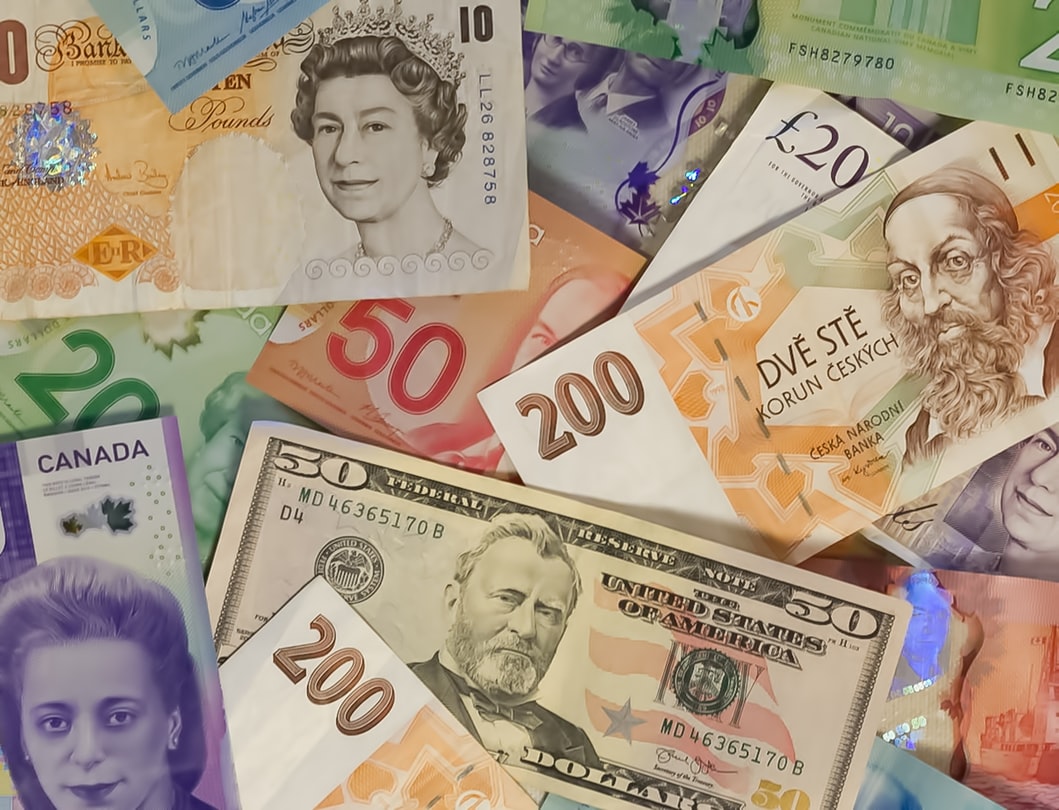You are here
Home 🌿 Marijuana Business News 🌿 Canada's legalization of cannabis has contributed $43.5 billion to national GDP 🌿Canada's legalization of cannabis has contributed $43.5 billion to national GDP

According to a Deloitte Canada report, since Canada has legalized recreational cannabis in 2018, the industry has contributed $43.5 Billion To Canada's National GDP.
The industry has generated $11 billion in sales nationwide and made $29 billion in capital expenditure. Furthermore, the adult-use recreational cannabis industry has created 98,000 jobs and put $15.1 billion into government coffer.
The report shows that the industry adds around $1.09 to Canada's GDP for every dollar for revenue and capital expenditure. The cannabis sector sustains around four jobs for every million dollars in revenue.
However, not much has changed about diversity within the industry. Before legalization, almost all federally licensed cannabis producers were managed by White men. Deloitte surveyed 700 directors and executives from more than 200 firms. The findings show that 72% were White men, 14% were men belonging to minority groups, 12% were White women, and 2% were women belonging to minority groups, including South Asian, East Asian, Indigenous, Arab, Hispanic, and Black individuals.
Such findings are in line with a 2020 study conducted by the University of Toronto and the Center on Drug Policy Evaluation which found that cannabis industry leaders are primarily White (84%) and men (86%), despite the fact that minority groups have been disproportionately negatively impacted by cannabis prohibition in Canada, the United States, and elsewhere.
The authors of Deloitte's report have recommended that governments and cannabis companies alike must take action to improve diversity, equity, and inclusion across the sector, building on and expanding existing efforts to enable more racialized Canadians and women to participate in the industry's success.
However, Deloitte's analysis shows that there are still opportunities for the Canadian cannabis industry to make a more significant social contribution and address its considerable environmental footprint.
Overall, the report concludes that from an economic perspective, it seems clear the cannabis industry has been a "great success, with more to come as it continues to grow."
MJBizDaily reported a study by ATB Capital Markets that shows that cannabis sales in Canada could reach $3.8 billion in 2022, which would be 19% more than 2021's estimated figure.
When Canada legalized cannabis for recreational use, the offer was minimal. For instance, Ontario, with a population of about 14 million people, allowed only 25 dispensaries initially. Furthermore, consumers complained about the difficulties of accessing legal cannabis due to high prices. Successively, it came the excess supply. Canadian producers grew tons on cannabis that exceeded the demand and tons of unpackaged products for different reasons, including low-quality production, production for testing only, and clogged sales channels.
The industry also struggled with fragmentation, price competition, and store saturation.
There are over 800 companies licensed to sell or process cannabis in Canada. According to some industry analysts, the offer surplus contributed to the oversupply of cannabis in the market. While that figure may also demonstrate a successful transition from the illegal to the legal market, some experts see the industry's current state as unsustainable and leading to heavy consolidation.
BNN Bloomberg reports over 2,000 legal cannabis stores across the country that have helped erode the significant presence of the illicit market, which is now operating online.
Interestingly, the biggest Canadian companies' market share is declining, while smaller companies are gaining, despite merger and acquisition (M&A) deals and record sales in 2021.
MJBizDaily also reported a Hifyre analysis that shows that the top five licensed producers represented less than 40% of the Canadian market in August 2021, while producers accounted for more than half of all retail sales the previous year. Similarly, the top nine cannabis producers accounted for almost 80% of the market in 2020, but that fell to a combined 62% in 2021, making the market fragmented and highly competitive.
420 Intel is Your Source for Marijuana News
420 Intel Canada is your leading news source for the Canadian cannabis industry. Get the latest updates on Canadian cannabis stocks and developments on how Canada continues to be a major player in the worldwide recreational and medical cannabis industry.
420 Intel Canada is the Canadian Industry news outlet that will keep you updated on how these Canadian developments in recreational and medical marijuana will impact the country and the world. Our commitment is to bring you the most important cannabis news stories from across Canada every day of the week.
Marijuana industry news is a constant endeavor with new developments each day. For marijuana news across the True North, 420 Intel Canada promises to bring you quality, Canadian, cannabis industry news.
You can get 420 Intel news delivered directly to your inbox by signing up for our daily marijuana news, ensuring you’re always kept up to date on the ever-changing cannabis industry. To stay even better informed about marijuana legalization news follow us on Twitter, Facebook and LinkedIn.




